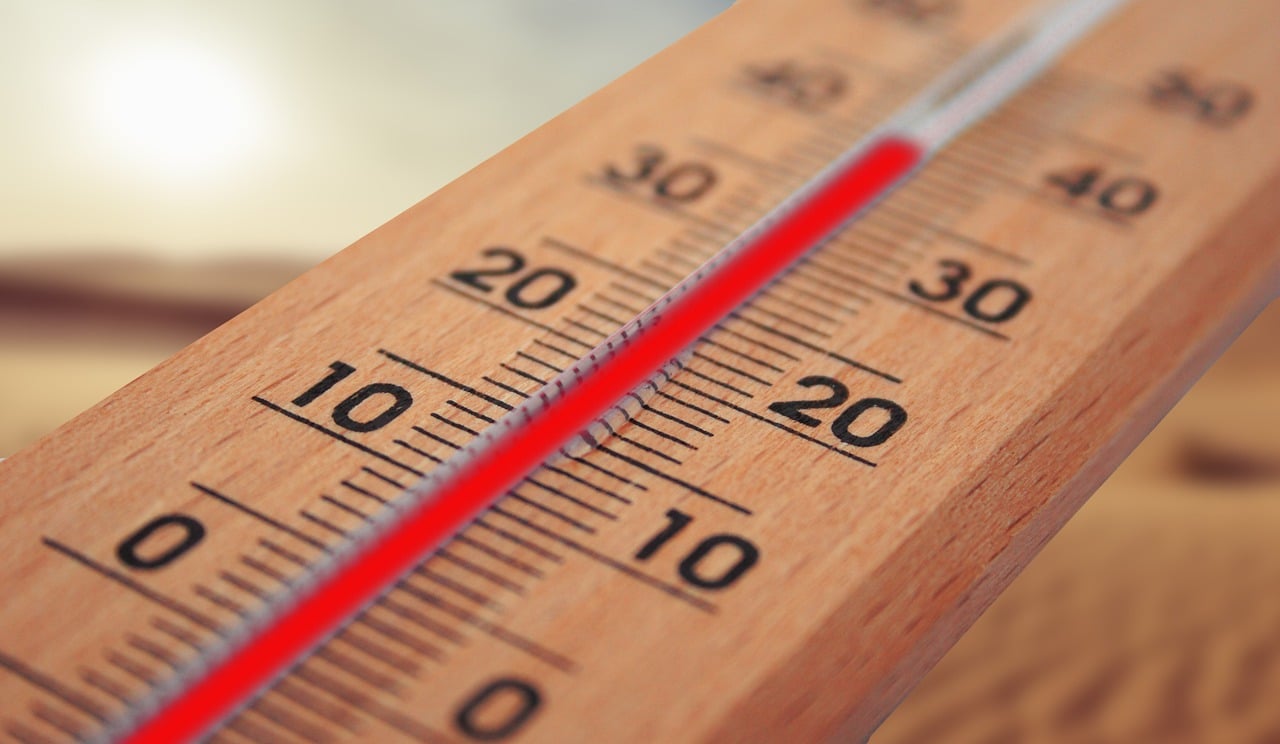Heatstroke is caused by a huge increase in body temperature.
Therefore, hypertermia is the condition that occurs when the body is subjected to thermal stress.
This condition generally occurs when the external temperature is too high, 35°C or above.
If this temperature gets combined with high humidity (above 60%), a heatstroke can occur.
In fact, the sweat produced by the body to keep its temperature at optimal levels evaporates slowly, and since the heat doesn’t get dispersed, it generates hypotermia.
There are predisposed subjects, but heatstroke can affect all people regardless of gender and age. Particular attention should be paid to the elderly and children.
Furthermore, people affected by chronic diseases, dehydration or cardiovascular diseases are more at risk compared to others.
If the body temperature rises quickly, like in about 10-15 minutes, reaching up to 40-42°C, a heatstroke can occur. The first symptoms are a drop in blood pressure and hypotension.
Those affected may also experience other symptoms. The most common ones are a feeling of weakness, dizziness, headache, ankle and foot edema, dehydration, nausea and vomiting, cramps, disorientation and loss of lucidity.
In the worst cases, heatstroke can also lead to the collapse and loss of consciousness, due to hypotension which leads to the lack of the proper blood supply to the brain.
These symptoms can also – although rarely – damage the organs such as the heart, brain, kidneys and lungs. They can also lead to seizures and coma, or even death.
Therefore, the heatstroke needs to be addressed promptly. There are certain signals that our body sends us, such as feeling unwell, intense thirst, cramps, nausea, confusion and fainting.
A quick intervention from an health professional can save the life of a person suffering from heatstroke. While waiting for the doctors to arrive, it’s advisable to lift the person’s legs to increase their blood supply to the brain.
If it is possible, the person should be taken to a cool and ventilated place, while wet clothes should be placed on their forehead, their groin and under their armpits.
If the person’s conscious, it’d be a good idea to dip their bodies into cool water (just not too cold).
It’s also important to make the person drink small sips of cool water (also not too cold).
Avoid the administration of antipyretic drugs, such as Tachipirina, until the doctor’s diagnosis is made.
Furthermore, isopropyl alcohol should not be rubbed on the skin because it can cause a sudden drop in body temperature causing further damages.

